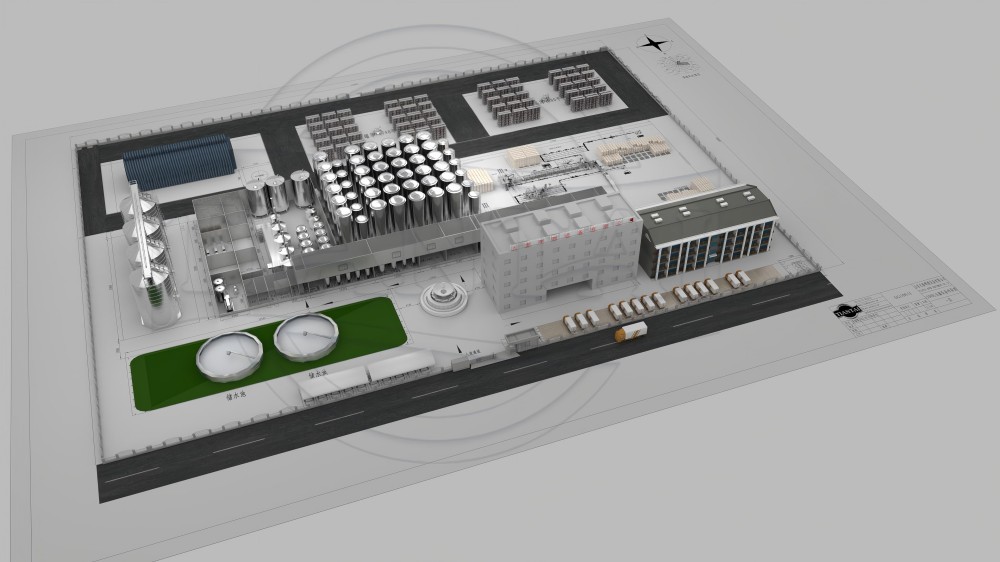
Draft beer, sometimes referred to as draught beer, is cherished by beer enthusiasts for its uniqueness and flavor. Unlike bottled or canned beer, draft beer is usually served directly from kegs or barrels, preserving its natural taste.
The Brewing Process of Draft Beer
The brewing process of draft beer involves several fundamental stages, each impacting the quality and taste of the final product. These stages include malting, milling, mashing, extract separation, hop addition and boiling, hop and sediment removal, cooling and aeration, fermentation, maturation, and packaging.
Unique Characteristics of Draft Beer
Freshness and Flavor Draft beer's core appeal lies in its irresistible freshness, which surpasses that of all other beers. Unlike bottled or canned beer, draft beer is not stored on shelves but poured directly from kegs into glasses. This direct serving method ensures that the beer maintains its optimal flavor, free from staleness or off-flavors. Draft beer, also known as keg beer, has become a symbol for beer lovers seeking a fresh and robust experience.
Carbonation Levels On average, draft beer has higher and more uniform carbonation levels than bottled beer. The carbonation process occurs under controlled conditions within the keg, resulting in a smoother and more enjoyable beverage.
Serving Temperature The ideal serving temperature can vary depending on the beer type, but draft beer is typically served at its best temperature. Serving at the correct temperature enhances the flavors and aromas, making each sip more delightful. Proper temperature management is essential for providing a superior draft beer experience.
Storage and Serving Techniques
Kegging Process Understanding how beer is transported from the brewery to your glass is crucial. Kegs should be stored in cool places, away from high temperatures that could cause spoilage. Additionally, to age and maintain the beer's freshness, old kegs need to be tapped first.
Tapping the Keg This involves connecting the tap to the keg's valve, allowing beer to flow freely from the keg into the tap system. This marks the beginning of the draft beer dispensing process, which must be handled carefully to avoid contamination and ensure proper enjoyment.
Maintaining Freshness To preserve its flavor and prevent spoilage, draft beer must be kept in good conditions. Temperature control is a critical component here: kegs should be stored at 3-8 degrees Celsius before serving. Once a keg is tapped, it should be consumed within three days to maintain its freshness. Following proper storage and serving practices ensures a premium drinking experience directly from the tap.
Popular Types of Draft Beer
The variety of beer styles and flavors keeps draft beer enthusiasts coming back for more. This diversity defines the essence of draft beer, highlighting the numerous choices available to consumers. From refreshing lagers to robust stouts and hoppy IPAs, there is something for everyone.
Still have a problem on choosing the brewery equipment? We can help with your final decision. If you are looking for a turnkey solution for craft beer brewing system, please contact us. We are looking forward to working with you. Send an email now: [email protected]


.jpg)





Get A Quote